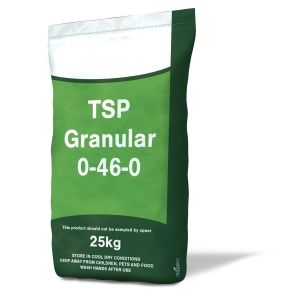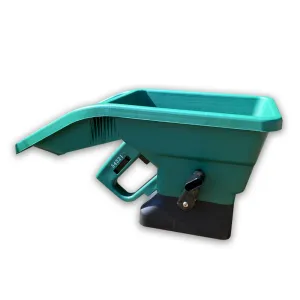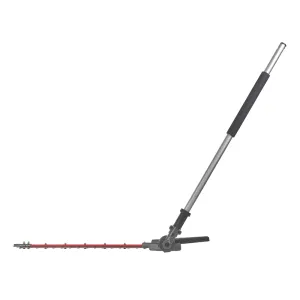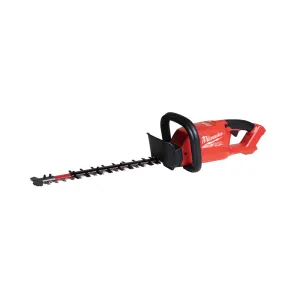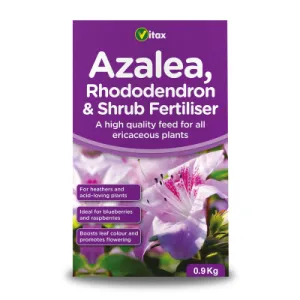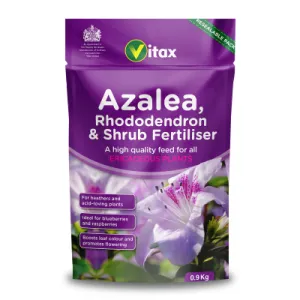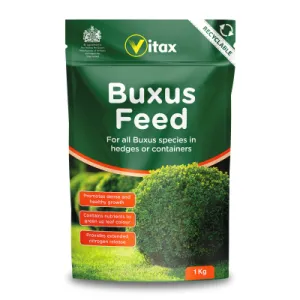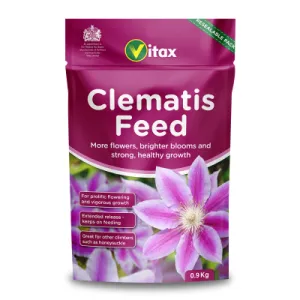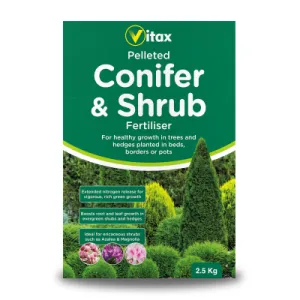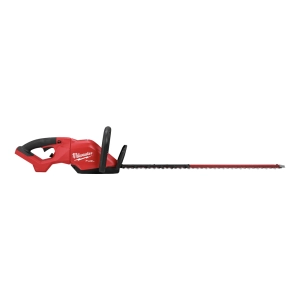You will need:
- Lawn soil analysis
- Organic or chemical fertiliser (granular, soluble or liquid)
- Applicator (spreader, knapsack sprayer)
- Correct PPE (overalls, rubber boots, chemical resistant gloves & face shield)
Why Do I Need To Fertilise A Hedge?
Fertilising a hedge will help it to stay healthy and grow at its best. All plants need Nitrogen, Phosphorus and Potassium to grow. If any of these nutrients are missing, the plant will begin to suffer. Different types of plants all need different amounts of these elements.
Nitrogen is needed by plants to make protein. Plants use large amounts of nitrogen to produce new leaves and stems. Plants with lots of leaves such as Prunus lusitanica (laurel) need more nitrogen than deciduous species such as Crataegus (hawthorn). Nitrogen is used mainly by plants mainly to produce lots of leaf growth and a nice healthy green colour. Nitrogen is part of the chlorophyll molecule, which gives plants their green color and is involved in creating food for the plant through photosynthesis.
Phosphorus helps plants to grow healthy strong roots but also to encourage seeds, fruit and flowers. It plays a vital role in the process of photosynthesis.
Potassium helps plants stay strong and keep them growing. It is required for proper growth and reproduction in plants.
Soil also needs to have the correct PH levels. A level of 1-5.8 is classed as acidic. A level of 6-7 is generally said to be neutral. Anything higher than 7.2 is alkaline. It is very important to know this as some plants require a certain PH. Rhododendrons, for example need an acidic soil (lower than 5.8) else they will struggle to survive and can eventually die. Soils that are alkaline have a tendency to be deficient in essential nutrients such as iron. This can cause a yellowing in the leaves.
How Do I Know If My Hedge Needs Feeding?
You can have your soil tested to see what the analysis of the soil is. A soil test can be a simple home testing kit or it can be one where you take a sample of soil from your land and have it sent off for analysis, for example our Lawn Soil Analysis Service. This is far more accurate and will give you precise results. Soil analysis varies, whether it is the amount of nutrients available to the plants, the PH or even the texture of the soil.
Certain plants prefer certain soils and thrive in them. It is best to research fully which plants you want to use and if they are suitable for the soil you have. If they are not, you need to work out if it is possible to alter the soil analysis and then be able to maintain it. Mature hedges tend not to need as much additional fertiliser. There are symptoms to look for in a hedge in need of fertilising.
Plants deficient in nitrogen have thin, spindly stems and their growth is stunted. The older leaves turn yellowish green from lack of nitrogen, while newer leaves are supplied with the available nitrogen but often not enough and they will begin to suffer.
Plants that are lacking in phosphorus are slightly harder to identify. They do not have enough energy to properly grow, their roots are not well formed, and they have weak stems and stalks. The edges of older plant leaves appear "burned" and brown.
Typical symptoms of potassium deficiency in plants include brown scorching and curling of the ends of the leaves and also yellowing between the leaf veins. Purple spots can also appear on the undersides of leaves Plant growth, root development, and seed and fruit development are usually reduced in potassium-deficient plants.
What Do I Look For In A Fertiliser?
A fertiliser will contain various amounts of the 3 main elements, Nitrogen, Phosphorus, Potassium (Potash) These will be shown in the following way - N:P:K. They will always be shown in this way. For example a fertiliser described as 20-10-10 will have 20% Nitrogen, 10% Phosphorus and 10% Potash. This is important to know when you are choosing which fertiliser to use. If you know your soil is very low in Potash, you need to choose a fertiliser that is high in Potash. A good example of his would be 0-0-50 Potassium Sulphate. The normal garden shouldn’t need a fertiliser as high in one nutrient as this and something like 8-19-10 will be fine as it is also supply good amounts of all 3 elements.
If you are trying to alter the PH of the soil, there are two options. If the PH of your soil is too low for what you want to grow, then you can add lime. This will reduce the acidity of the soil and make is more alkaline. If the PH of your soil is too high, then you can add sulphur.
Are There Different Kinds Of Fertiliser?
There are 2 main types of fertiliser - Organic and chemical.
Organic fertiliser - This can include things such as animal and green manure e.g leaf mould, fish blood and bone and bone meal. Decomposed material is great for improving the soil structure. It will help to loosen and aerate heavy soils and improve water holding capacity aswell as improving the nutrient and micronutrient content. Organic fertilisers will slowly release nutrients into the soil. This can be an issue when you have a problem with a plant/ deficiency in the soil and it needs to be rectified immediately. It can also be quite hard to tell if you are applying the correct amount.
Chemical fertilisers are synthetically manufactured. They can be liquid, granular, powder or pellets.
- A liquid can be applied to the soil or sprayed directly onto the leaves.
- A powder can be diluted in water and applied to the soil or directly to the foliage
- A granular is applied either to the surface of the soil, around the plant, or incorporated into the soil.
Chemical fertilisers are fast acting and can give the plant missing nutrients immediately. A foliar feed is the fastest acting. The only downside with chemical fertilisers is that they do not improve the soil structure.
What Can I Use to Fertilise My Hedge?
Home made, well rotted leaf moulds or composts are great. Well rotted manure can also be used. It is very important they are all well rotted as they can burn and damage the plants. Manures and composts improve the soil structure particularly if you have heavy clay soil, or sandy soil that will not hold water or nutrients. They can also be used as a mulch around the base of the hedge which will help keep weeds down and help to keep moisture in the soil and cut down on the amount of watering.
A granular fertiliser can be applied. This can be incorporated into the soil at planting, or it can be forked into the soil around the base of the plant, when established. A slow release fertiliser is a good option if you do not want to keep reapplying fertilser throughout the year. Our 6 month release fertiliser (18-6-18) is a great choice to keep your plants healthy through the season. Liquid fertilisers are a great way of very quickly getting nutrients into your plants.
What Can Happen If I Apply Too Much Fertiliser?
If too much feed is applied, particularly nitrogen, the plant will grow too fast resulting in soft growth. This growth is much more susceptible to damage from the weather (particularly cold weather) and humans. Soft excessive growth is also a great place for pest and disease to start. You can monitor your plants to make sure that you are not over feeding them and the best method is to have your soil tested.





